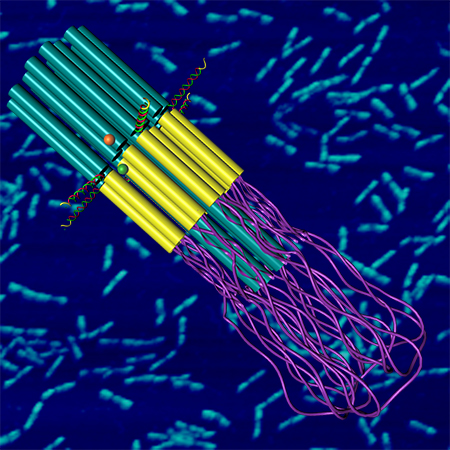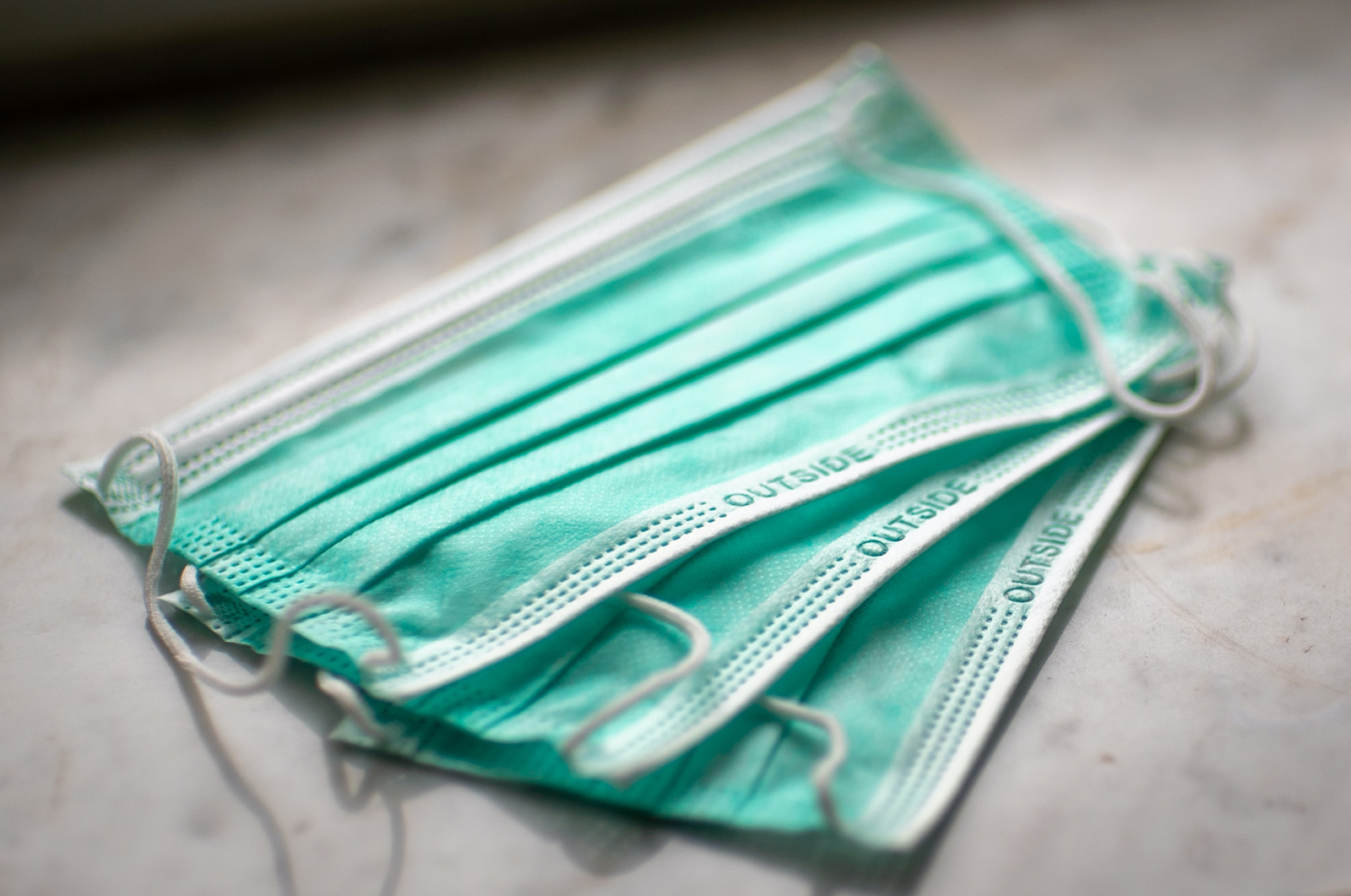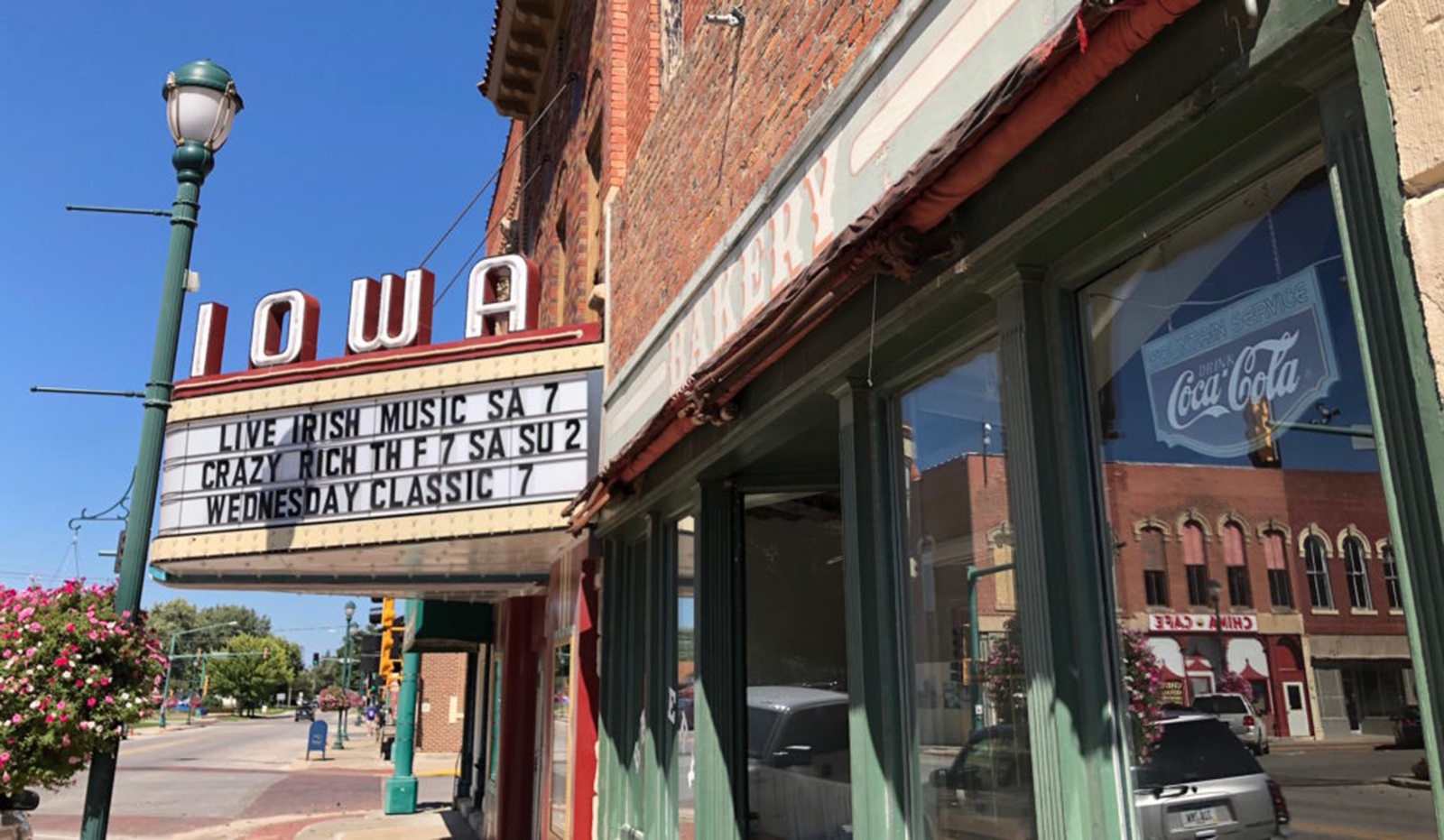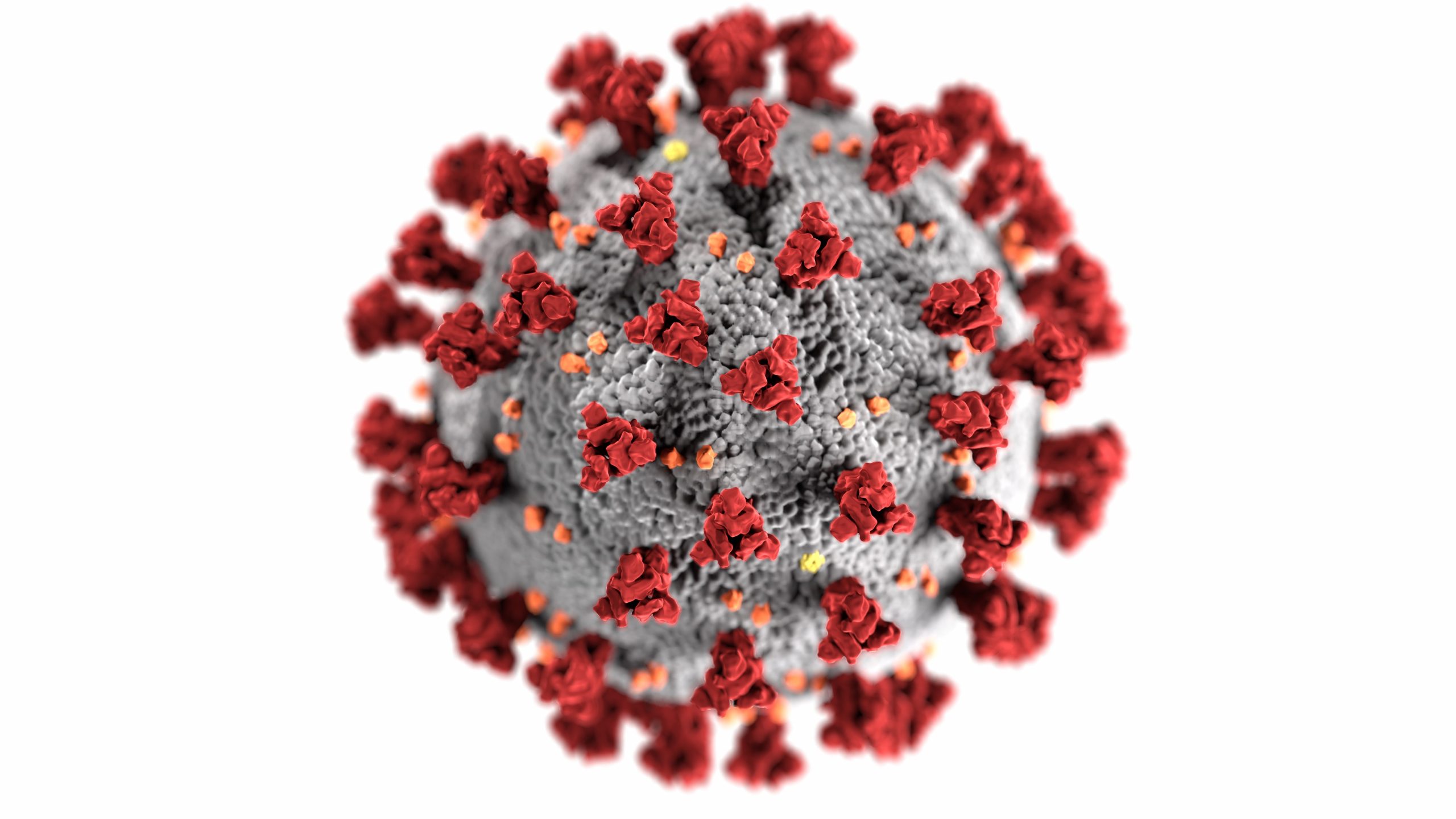Researchers from nearly every corner of the College of Liberal Arts and Sciences (LAS) are transforming the COVID-19 crisis into opportunities for discovery, learning and scientific breakthroughs.
The following three researchers demonstrate the innovative spirit that permeates the burgeoning research engine in the LAS College. Their work illustrates the compelling blend of COVID-19 research currently happening on the Iowa State campus.
Shaping DNA into a potential COVID-19 vaccine
Is Eric Henderson an entrepreneur or a biological researcher? According to Henderson, a professor in the Department of Genetics, Development and Cell Biology—he’s both.
“I’m constantly moving forward in the direction of the next thing, not the same thing,” Henderson said.
Henderson’s research in DNA origami is larger-than-life ingenuity at the microscopic level. DNA origami is the process of disassembling DNA molecules—like pulling apart two sides of a twisted ladder. The uncoupled DNA strands are then reshaped and folded into new biological configurations.

“It’s like building with Tinker Toys,” Henderson said. “But instead of wooden pieces, we’re engineering DNA fragments into nanomachines and nanosystems that perform vital cellular functions.”
Henderson’s plan is to harness the power of DNA origami to develop synthetic COVID-19 molecules. He’s exploring the possibility that these “mimic molecules” may trigger the body into producing antibodies which would fight and conquer a foreign invader like COVID-19.
This may sound like bio-based wizardry with a dash of science fiction. But Henderson and his former graduate student Divita Mathur (‘16 Bioinformatics and Computational Biology, Ph.D.) used DNA origami to create Optimus, a biosensor that monitors molecular interactions. Optimus is visible only through atomic force or electron microscopes and looks curiously squid-like. Henderson’s Optimus research was published in Nature.
Henderson hopes to draw interest in the COVID-19 research and attract funding to explore proof of principle studies.
“We’re investigating new and exciting possibilities,” Henderson said. “As the world experiences a novel virus, this seems like a perfect time to try out-of-the-box ideas.”
Developing a better medical mask
Rana Biswas, adjunct professor in the Department of Physics and Astronomy and the Department of Electrical and Computer Engineering and senior scientist with Ames Laboratory, has spent his career researching charged particles. In 2018, Biswas and Jaeyoun Kim, professor in the Department of Electrical and Computer Engineering, were awarded a $400,000 grant from the National Science Foundation to study the electrodynamics of nanopatterned surfaces.
Biswas and Kim have now turned their materials science expertise toward the fight against COVID-19. Their research is focused on polymers similar to the polypropylene fibers that are used to make N95 and blue disposable masks.
Medical masks play a key role in reducing the spread of COVID-19.

When N95 and blue disposable masks are manufactured, the fiber-spinning process creates an electrostatic charge within the polymer fibers. This charge neutralizes viral particles after they are trapped inside a mask. The positive charge remains active throughout the life of the mask.
In their studies, Biswas and Kim supercharge polymers by peeling two polymers from each other.
“It’s the same effect when you walk on a carpet in your socks and static electricity develops,” Biswas said. “When these masks emerge from the manufacturing process they hold a positive charge.”
COVID-19 particles are negatively charged. When COVID-19 invades the positively charged mask, this tangle of opposing charges destabilizes and traps the virus. Biswas and Kim are analyzing how long these charges last in such polymers, as well as how they change with time. They are exploring the development of new and better materials that will hold this virus-slaying positive charge for longer.
“We’re aiming to study how positive charges can be retained in masks even after they are used,” Biswas said. “This is about improving medical masks and keeping people safer with advanced materials. We’re very excited about the promise of this research and the possibility of impacting the fight against COVID-19.”
History in the making
When Pamela Riney-Kehrberg begins documenting how COVID-19 has impacted rural Iowans, this research will place her in extraordinary circumstances.
“Historians don’t often insert themselves into historical events as they are unfolding,” Riney-Kehrberg said. “However, now is the moment to collect these stories from Iowans because history is happening in these moments.”
Riney-Kehrberg, Distinguished Professor in the College of Liberal Arts and Sciences and professor of history, will plan and conduct this research with members of the Department of History. They will collect first-person COVID-19 accounts from all corners of the state. The goal is to preserve the history of a global pandemic with stories that deeply illustrate what COVID-19 means, or will mean, for rural Iowans.
This research will also involve the gathering of historical artifacts, such as: a school calendar that suddenly went blank in March, a colorful, hand-sewn mask or donated letters and journals.

“COVID-19 hit very hard in rural Iowa, where you normally wouldn’t expect it,” she said. “And it’s largely due to the concentration of meatpacking houses which have caused large outbreaks throughout small towns and surrounding communities.”
Riney-Kehrberg also notes that conditions in rural Iowa, many trending back to the 1980s, have worsened the impact of COVID-19. Most small-town hospitals have closed, leaving communities with no access to critical-care services and medical equipment, such as ventilators. Shuttered retail and grocery stores force aging populations to travel farther for basic necessities, often into urban areas with higher COVID-19 infection rates.
In addition, a large share of Iowa’s nursing homes is located in small towns. Many of these facilities have experienced large COVID-19 outbreaks which have spread into these smaller communities.
“It’s so important to document and tell these stories, because if you don’t understand rural Iowa, you don’t understand what is happening in our state,” Riney-Kehrberg said. “Iowa is a small state and we are all connected. What happens in one community affects us all.”
